Transforming Your Travel Experiences with Stunning Photography
10 Travel Photography Tips – From Wanderer to Photographer
Traveling is a wonderful opportunity to discover new places, explore different cultures, and make lasting memories. . Whether you’re an amateur photographer or a seasoned pro, what better way to preserve those memories than through the lens of a camera? These 10 travel photography tips will help you capture stunning images that truly reflect the beauty and essence of your trip.
I am a participant in the Amazon Services LLC Associates Program, an affiliate advertising program designed to provide a means for me to earn fees by linking to Amazon.com and related sites. This post may contain affiliate links, which means I may receive a commission, at no cost to you, for purchases made using my links. Please see my disclosure to learn more.
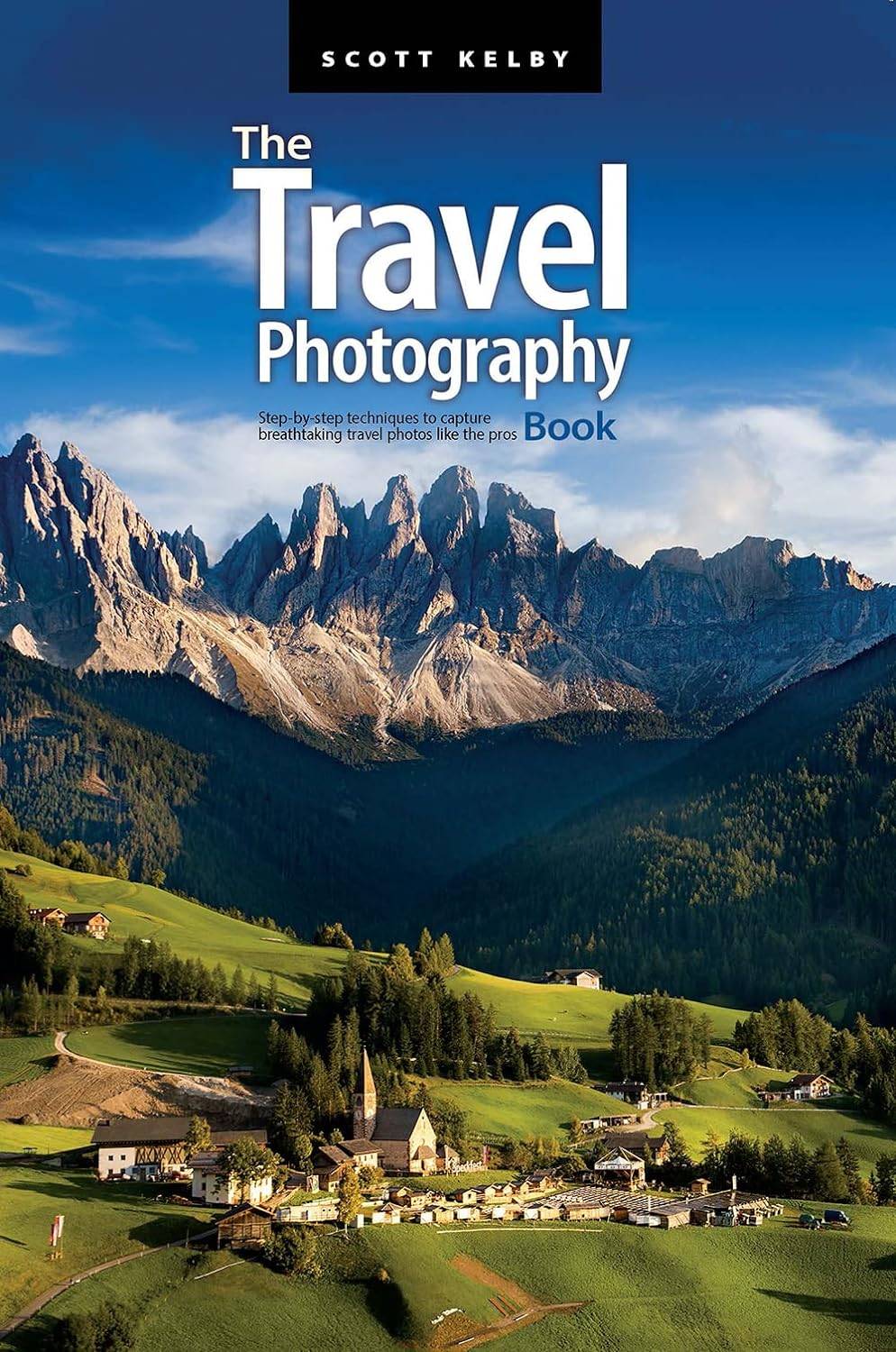
The Travel Photography Book
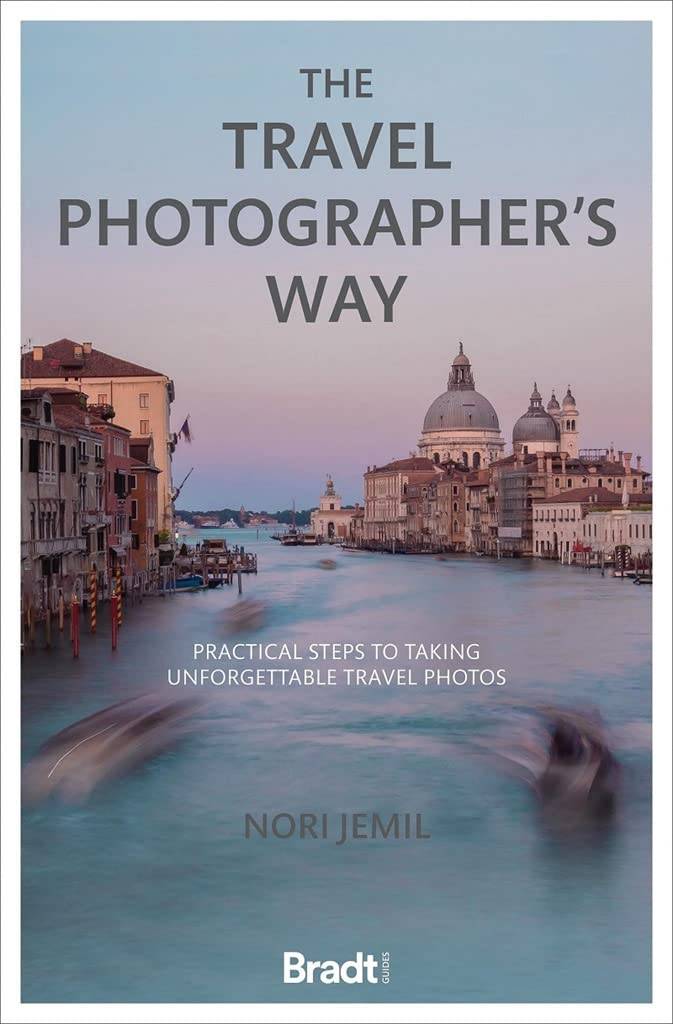
The Travel Photographer’s Way
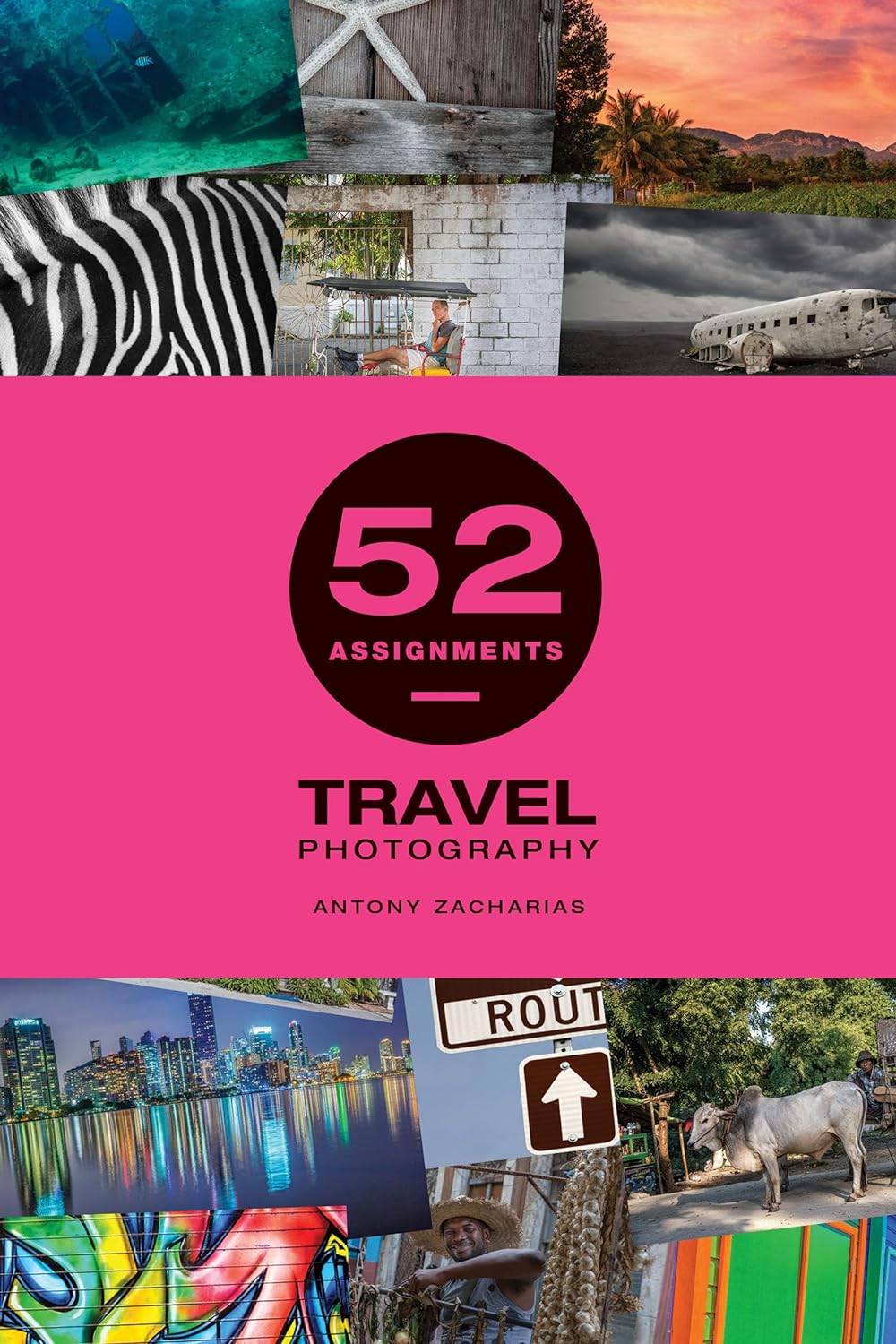
52 Assignments: Travel Photography
From composition techniques to equipment considerations, let’s dive in and discover the secrets to taking extraordinary travel photographs.
1. Plan Ahead and Do Your Research
Before taking off on your travel adventure, plan ahead and spend some time to find out as much as you can about your destination. Get to know about the best photography spots, iconic landmarks, and local customs.
By having a clear vision of what you want to capture, you’ll be better prepared to seize the perfect moments.
Check if there are any specific regulations or restrictions regarding photography in certain areas, especially where cultural or religious sites are concerned.
2. Pack Light and Be Selective with Gear
While it’s tempting to bring along every piece of photography equipment you own, it’s crucial to pack light, especially during travel.
Consider your destination and the type of photography you’ll be focusing on, and bring only the essential gear. A versatile camera body, a couple of lenses, spare batteries, and memory cards should suffice.
Recommended
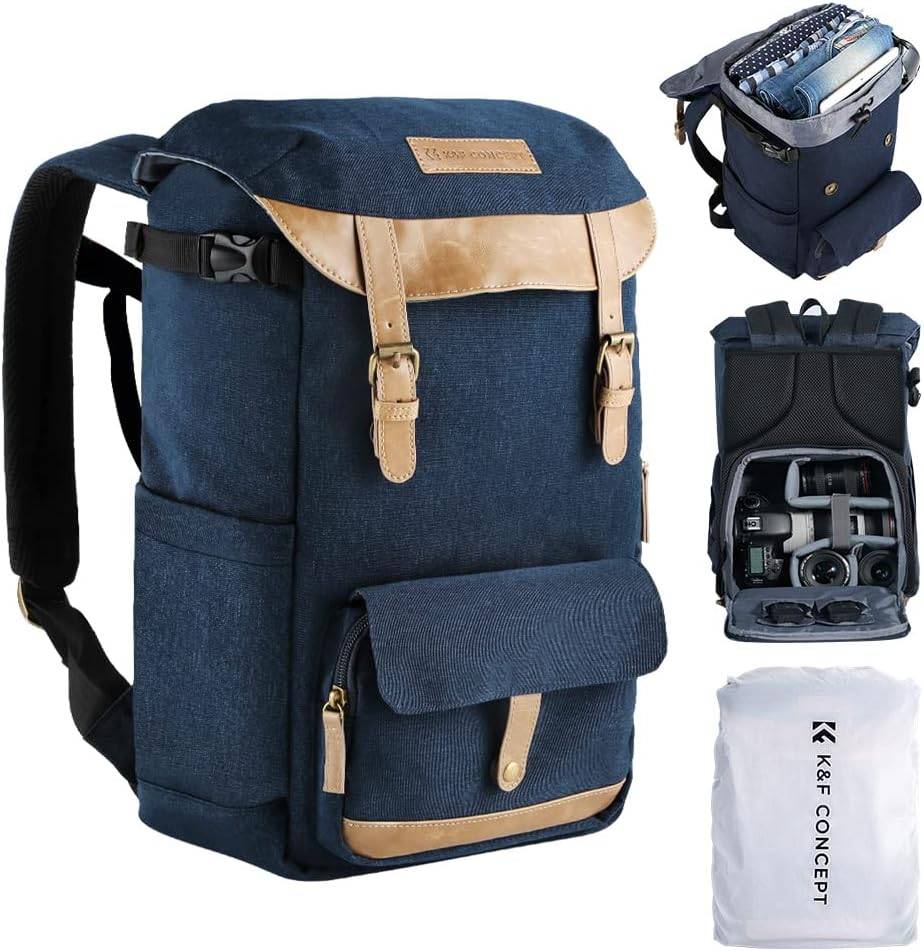
K&F Concept Camera Backpacks
Recommended

Mini Portable Camera Tripod for Phones
Recommended
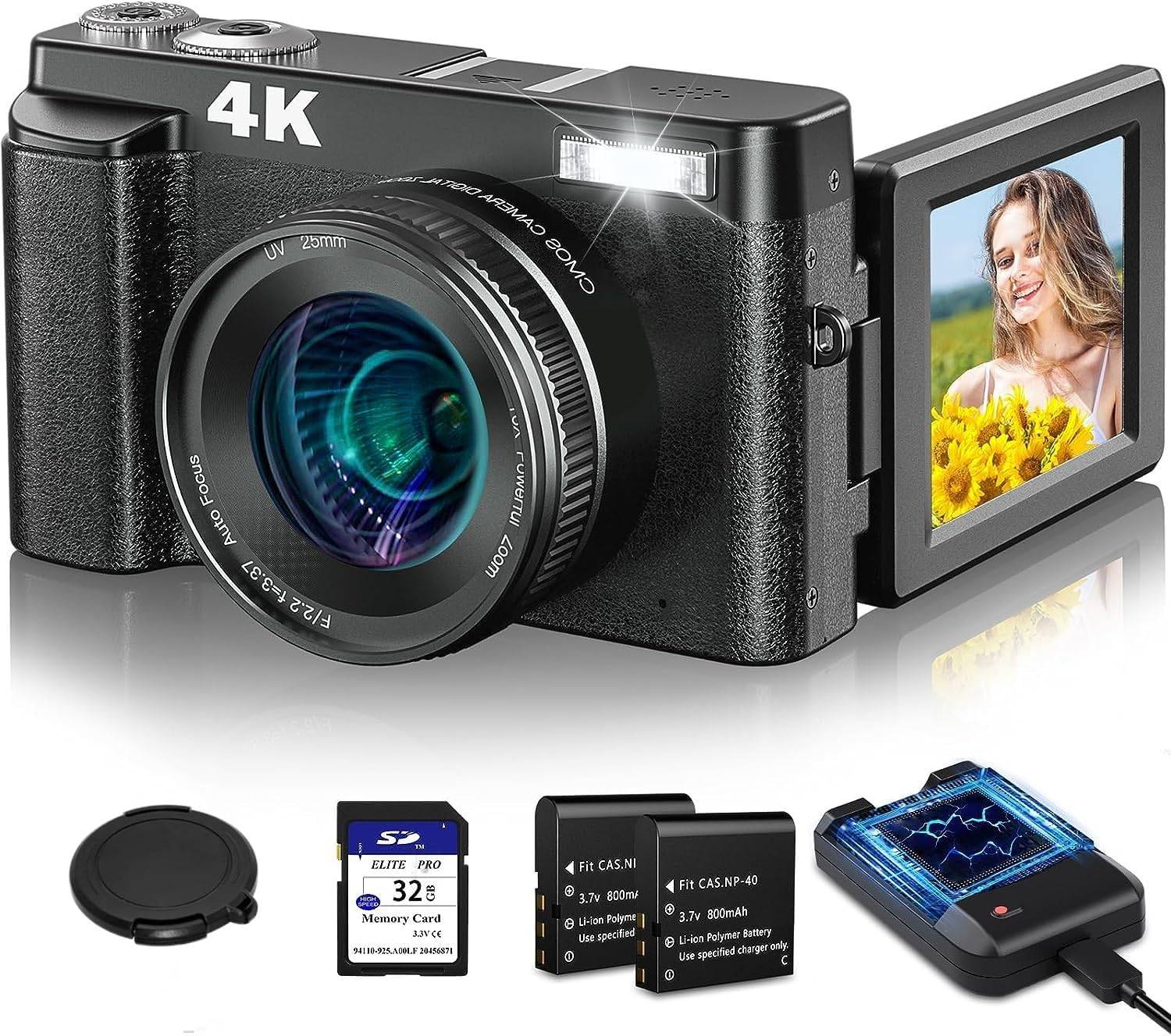
4K Digital Camera for Photography
Remember, the lighter your bag, the more you can freely explore and capture amazing shots. While professional DSLR cameras provide excellent image quality, compact mirrorless cameras or even high-end smartphones can also produce stunning results.
If you can, invest in a versatile lens and consider carrying a tripod to aid stability and creativity.
3. Stay Safe and Secure
Protecting your equipment and ensuring your personal safety are essential aspects of travel photography.
Invest in a reliable camera bag or backpack to safeguard your gear from theft, damage, or adverse weather conditions.
Take necessary precautions while exploring unfamiliar places, and consider backing up your photos to prevent data loss.
4. Master Composition Techniques
Composition is the backbone of any great photograph. Familiarize yourself with the rule of thirds, leading lines, symmetry, and other composition techniques. Use these tools to create visually appealing and balanced images that draw the viewer’s attention to the subject.
5. Embrace Golden Hour and Blue Hour
The hours around sunrise and sunset, known as the golden hour, offer soft, warm light that adds a magical touch to your photographs.
Similarly, the blue hour, occurring before sunrise and after sunset, provides a cool, ethereal light. Take advantage of these moments to capture breathtaking landscapes and stunning cityscapes.
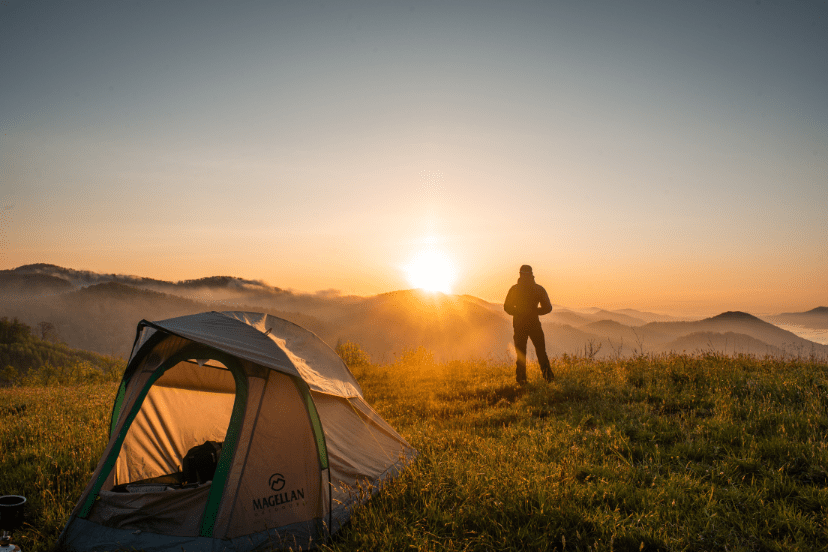
6. Experiment with Perspectives
Don’t be afraid to explore different perspectives and angles. Get low to the ground or find a high vantage point to create unique and engaging shots.
Experiment with low-angle shots to capture dramatic scenes, or climb to a higher vantage point for a bird’s-eye view. Aerial photography, using drones or helicopters, can offer breathtaking views of landscapes and cityscapes.
Changing your perspective can completely transform an ordinary scene into something extraordinary.
7. Incorporate People and Local Life
One of the best ways to capture the spirit of a place is by including people and showcasing local life. By including people in your shots, you add a human element that brings your travel photographs to life.
Respectfully interact with the locals, learn about their culture, traditions and customs. Always ask for permission before taking their photograph.
Remember, photography is a powerful medium that can bridge cultural gaps and promote understanding.

Familiarize yourself with local customs and traditions to ensure you behave appropriately and responsibly as a photographer.
Candid moments are often the most authentic and memorable. Instead of always aiming for posed shots, observe and wait for natural interactions to unfold.
Whether it’s a street performer captivating an audience or a couple sharing a tender moment, capturing these genuine instances adds depth and emotion to your travel photography.
8. Pay Attention to Detail
Sometimes, the most captivating photographs are found in the details. Whether it’s a colorful door, a patterned floor, or a unique texture, keep an eye out for the little things that tell a larger story. These details can create compelling images that capture the essence of a place.
9. Edit and Enhance with Care
Post-processing is an essential part of the photography workflow. Use editing software to enhance your images subtly, emphasizing the natural beauty of the scene.
Avoid excessive filters or heavy editing, as they can detract from the authenticity of the moment you captured.
10. Practice Patience and Enjoy the Process
Patience is key in photography, especially when you’re waiting for the perfect shot or dealing with challenging lighting conditions. Embrace the process, take your time, and don’t rush through your photography. Remember to enjoy the journey, savor the experiences, and let the magic of travel inspire your creativity.
While it’s exciting to focus on capturing great photographs, it’s equally important to immerse yourself in the travel experience. Take time to put your camera aside and enjoy the moments unfolding before you. Sometimes, the best memories are not found only through the lens, but also by fully engaging with your surroundings.
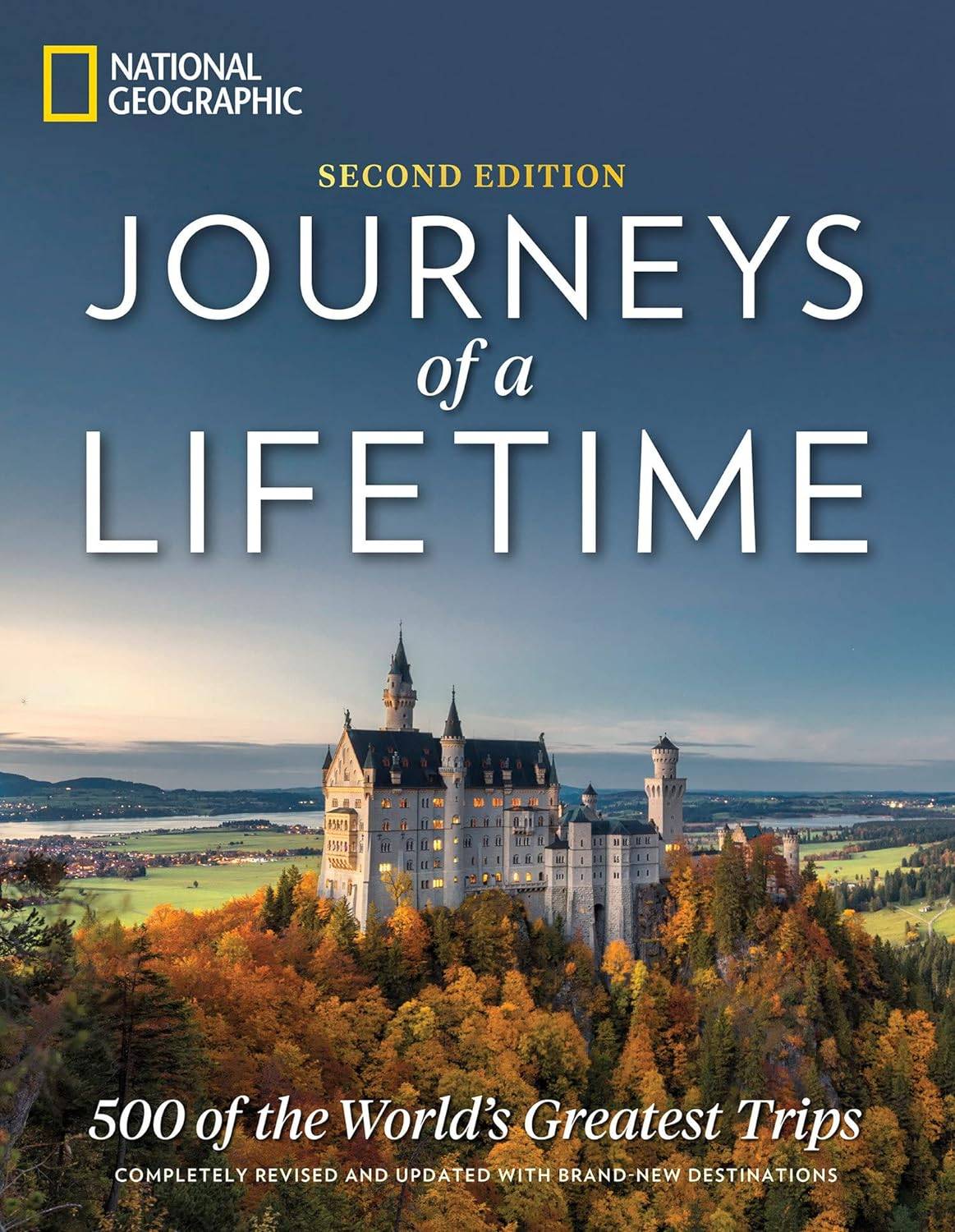
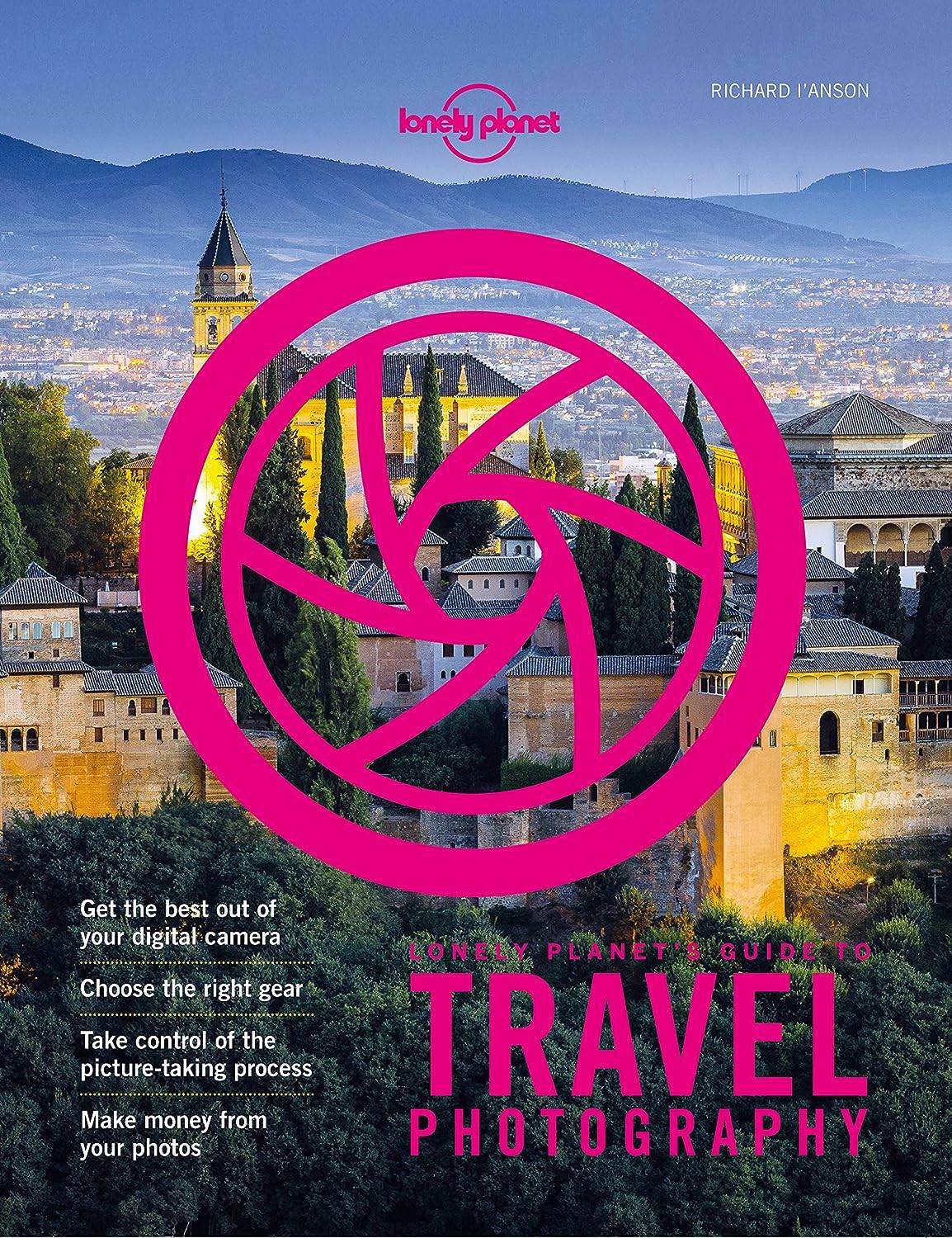
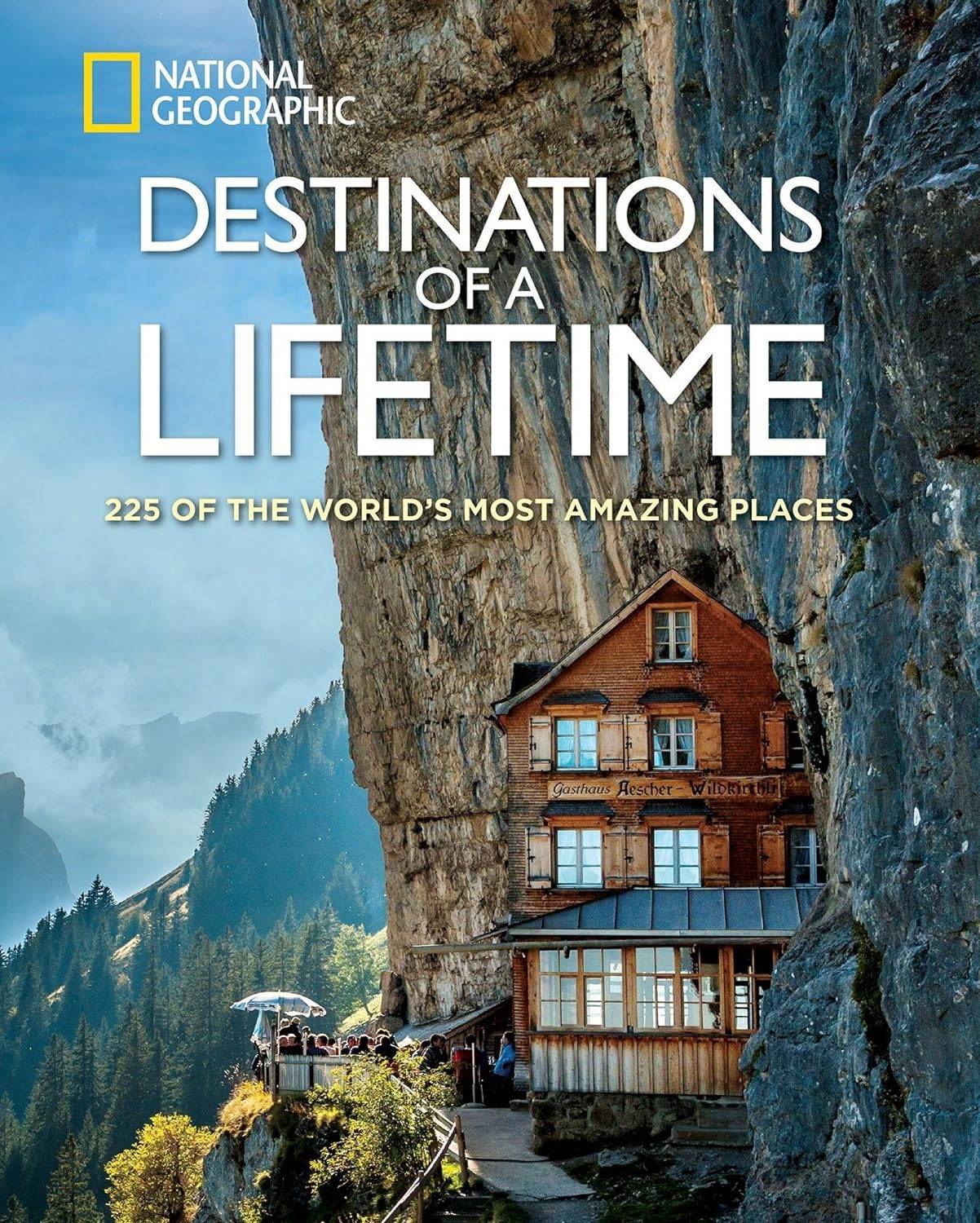
Final Thoughts
Travel photography allows us to freeze moments in time, capturing the beauty and essence of the places we visit.
By following these 10 travel photography tips, you’ll be well-equipped to create stunning images that truly reflect the spirit of your journey.
Plan ahead, pack light, master composition techniques, experiment with perspectives, and embrace the magic of golden and blue hours.
Include people, pay attention to detail, capture candid moments, edit with care, and practice patience. Let your passion for travel and photography intertwine as you embark on an adventure of capturing unforgettable memories.
Travel photography is not solely about technical skills; it’s about capturing the spirit of a place and sharing your unique perspective. Now that you have these 10 travel photography tips, grab your camera, embark on new adventures, and let your photographs tell captivating stories.
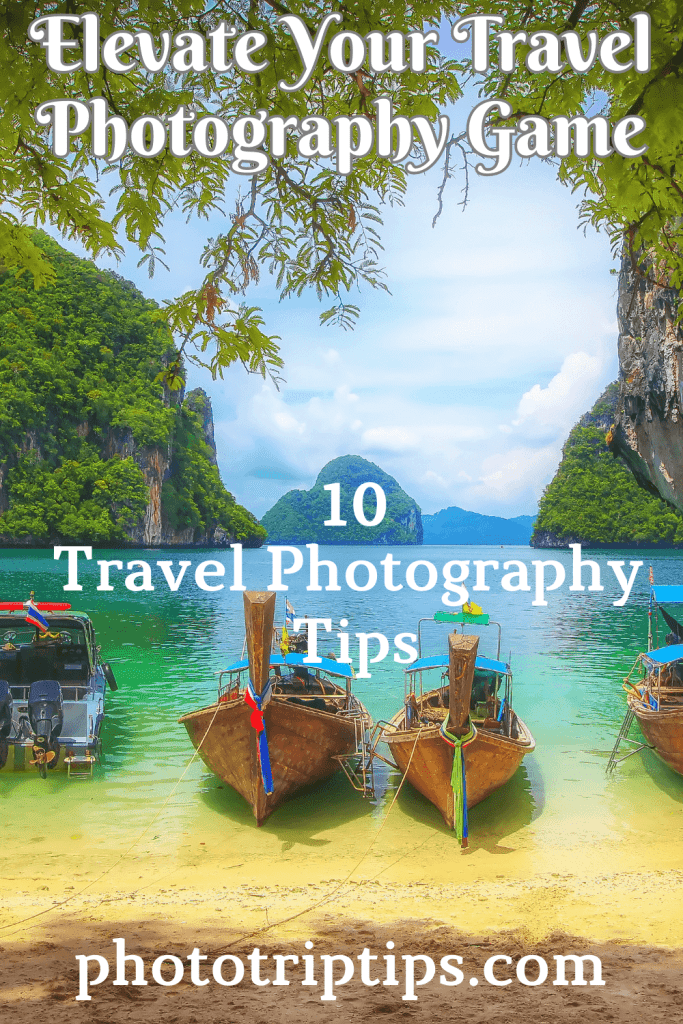
FAQs
1. What camera equipment should I bring for travel photography?
It’s best to pack light and bring only the essential camera gear. A versatile camera body, a couple of lenses (wide-angle and telephoto), spare batteries, and memory cards should be sufficient for most travel photography needs.
2. How can I improve my composition skills?
Improving composition skills comes with practice. Familiarize yourself with composition techniques such as the rule of thirds, leading lines, and symmetry. Study the work of renowned photographers and analyze how they use composition to create compelling images.
3. Is it necessary to edit my travel photos?
While not essential, editing can enhance the visual impact of your images. Post-processing allows you to fine-tune exposure, color balance, and other aspects to bring out the best in your photographs. However, remember to edit with care and maintain the authenticity of the moment you captured.
4. How can I capture candid moments while traveling?
To capture candid moments, observe your surroundings and be patient. Blend into the scene, anticipate moments, and wait for natural interactions to unfold. Avoid interfering or directing the subjects, as this can disrupt the authenticity of the moment.
5. What is the golden hour, and why is it important for photography?
The golden hour refers to the period of soft, warm light that occurs shortly after sunrise and before sunset. This time of day offers ideal lighting conditions for photography, with the gentle glow adding a magical touch to landscapes and portraits. The golden hour allows for greater contrast, reduced shadows, and a warm color palette, enhancing the visual impact of your images.

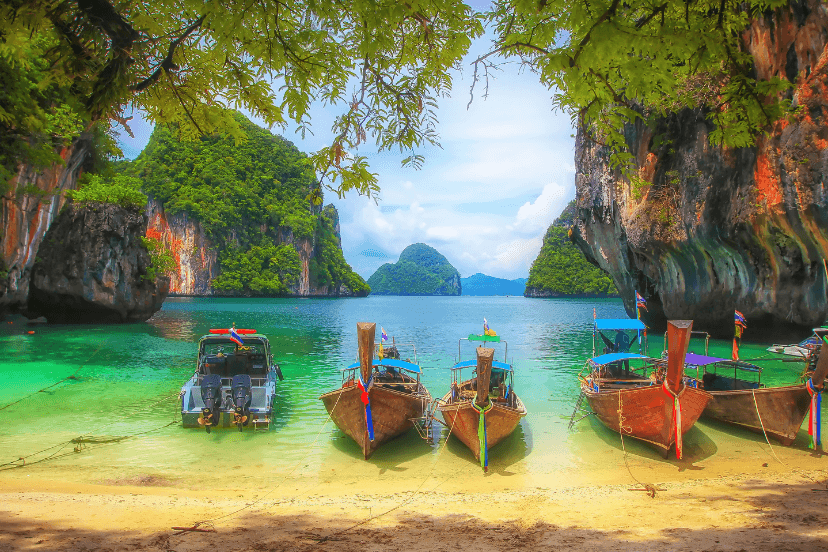





Comments are closed.